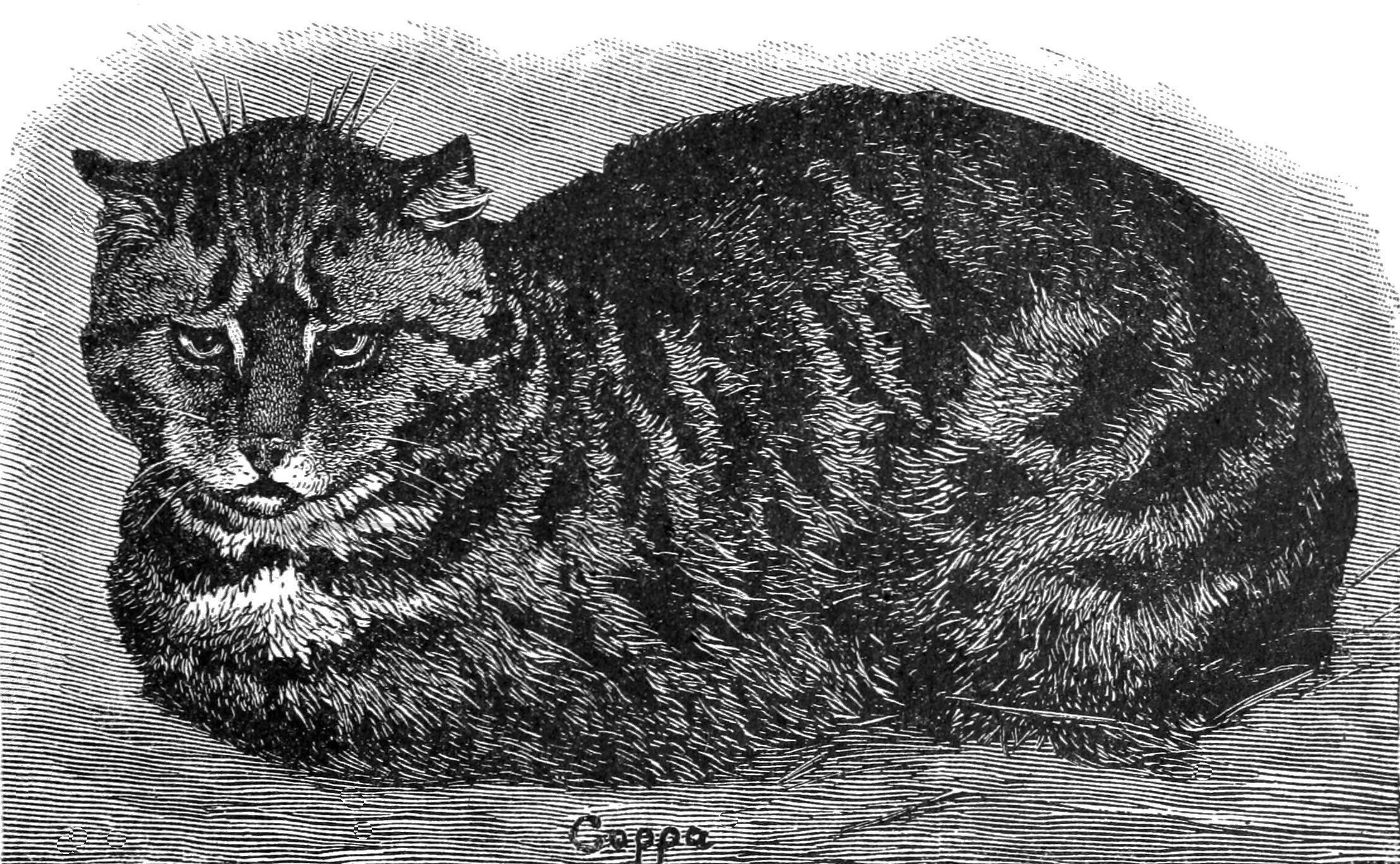|
Domestication Of The Cat
The domestic cat originated from Near-Eastern and Egyptian populations of the African wildcat, ''Felis sylvestris lybica''. The family Felidae, to which all living feline species belong, arose about ten to eleven million years ago. This family is divided into eight major phylogenetic lineages. The domestic cat is a member of the ''Felis'' lineage. A number of investigations have shown that all domestic varieties of cats come from a single species of the ''Felis'' lineage, ''Felis catus''. Variations of this lineage are found all over the world and up until recently scientists have had a hard time pinning down exactly which region gave rise to modern domestic cat breeds. Scientists believed that it was not just one incident that led to the domesticated cat but multiple, independent incidents at different places that led to these breeds. More complications arose from the fact that the wildcat population as a whole is very widespread and very similar to one another. These variations o ... [...More Info...] [...Related Items...] OR: [Wikipedia] [Google] [Baidu] |
Cat November 2010-1a
The cat (''Felis catus'') is a domestic species of small carnivorous mammal. It is the only domesticated species in the family Felidae and is commonly referred to as the domestic cat or house cat to distinguish it from the wild members of the family. Cats are commonly kept as house pets but can also be farm cats or feral cats; the feral cat ranges freely and avoids human contact. Domestic cats are valued by humans for companionship and their ability to kill rodents. About 60 cat breeds are recognized by various cat registries. The cat is similar in anatomy to the other felid species: they have a strong flexible body, quick reflexes, sharp teeth, and retractable claws adapted to killing small prey. Their night vision and sense of smell are well developed. Cat communication includes vocalizations like meowing, purring, trilling, hissing, growling, and grunting as well as cat-specific body language. Although the cat is a social species, they are a solitary hunter. As ... [...More Info...] [...Related Items...] OR: [Wikipedia] [Google] [Baidu] |
Tabby Cat
A tabby is any domestic cat (''Felis catus'') with a distinctive 'M'-shaped marking on its forehead; stripes by its eyes and across its cheeks, along its back, and around its legs and tail; and (differing by tabby type), characteristic striped, dotted, lined, flecked, banded, or swirled patterns on the body—neck, shoulders, sides, flanks, chest, and abdomen. "Tabby" is not a breed of cat, but a coat type seen in almost all genetic lines of domestic cats, regardless of status. The tabby pattern is found in many official cat breeds and is a hallmark of the landrace extremely common among the general population of cats around the world. The tabby pattern occurs naturally and is connected both to the coat of the domestic cat's direct ancestor and to those of their close relatives: the African wildcat (''Felis lybica lybica''), the European wildcat (''Felis silvestris'') and the Asiatic wildcat (''Felis lybica ornata''), all of which have similar coats, both by pattern and colora ... [...More Info...] [...Related Items...] OR: [Wikipedia] [Google] [Baidu] |
Domesticated Animals
This page gives a list of domesticated animals, also including a list of animals which are or may be currently undergoing the process of domestication and animals that have an extensive relationship with humans beyond simple predation. This includes species which are semi-domesticated, undomesticated but captive-bred on a commercial scale, or commonly wild-caught, at least occasionally captive-bred, and tameable. In order to be considered fully domesticated, most species have undergone significant genetic, behavioural and morphological changes from their wild ancestors, while others have changed very little from their wild ancestors despite hundreds or thousands of years of potential selective breeding. A number of factors determine how quickly any changes may occur in a species, but there is not always a desire to improve a species from its wild form. Domestication is a gradual process, so there is no precise moment in the history of a given species when it can be considered to ... [...More Info...] [...Related Items...] OR: [Wikipedia] [Google] [Baidu] |
Domesticated Animal Genetics
Domestication is a sustained multi-generational relationship in which humans assume a significant degree of control over the reproduction and care of another group of organisms to secure a more predictable supply of resources from that group. A broader biological definition is that it is a coevolutionary process that arises from a mutualism, in which one species (the domesticator) constructs an environment where it actively manages both the survival and reproduction of another species (the domesticate) in order to provide the former with resources and/or services. The domestication of plants and animals by humans was a major cultural innovation ranked in importance with the conquest of fire, the manufacturing of tools, and the development of verbal language. Charles Darwin recognized the small number of traits that made domestic species different from their wild ancestors. He was also the first to recognize the difference between conscious selective breeding (i.e. artificial se ... [...More Info...] [...Related Items...] OR: [Wikipedia] [Google] [Baidu] |




